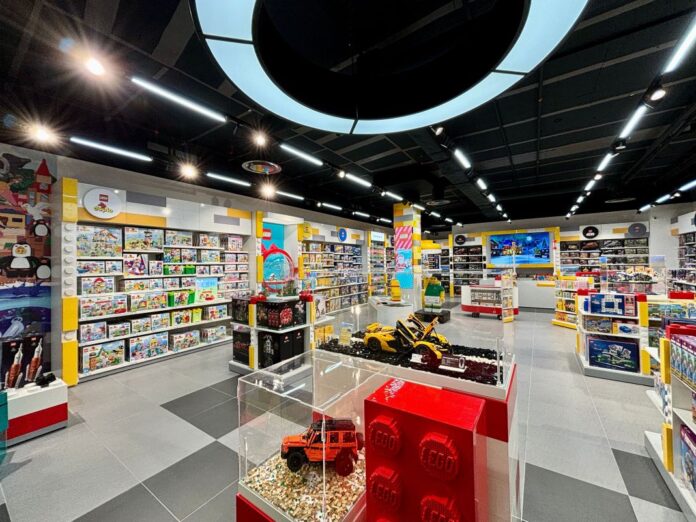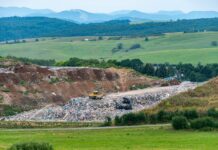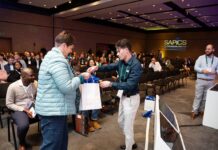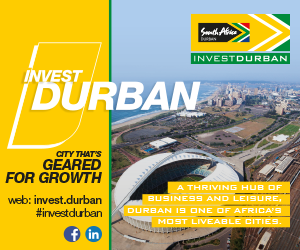The concept of learning through play was front and centre when the V&A Waterfront LEGO Certified Store opened in Cape Town in 2024.
The company’s Middle East and Africa General Manager, Kristian Imhof, was on hand to celebrate the occasion and underlined the education theme when he said, “The new LEGO Certified Store in Cape Town underlines our commitment to South Africa and inviting more people into learning through play.”
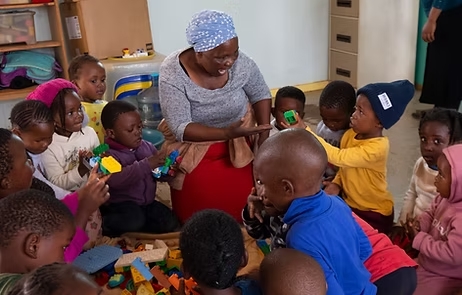
The famous brand name is derived from a combination of two Danish words meaning “play well” and the connection between learning and playing has been made ever since it was founded in the Danish town of Billund in 1932.
At the opening, to demonstrate the power of play were representatives of the Cape Town-based Play Sense School and the Care for Education organisation, an NPO that is a partner of the LEGO Foundation. Both Shannon Witten of Play Sense School and Brent Hutcheson stressed the benefits of the tactile experience.
Care for Education’s Hutcheson added, “LEGO play encourages creativity and problem-solving in children, empowering them to explore, learn and unleash their imagination through simple yet impactful play.”
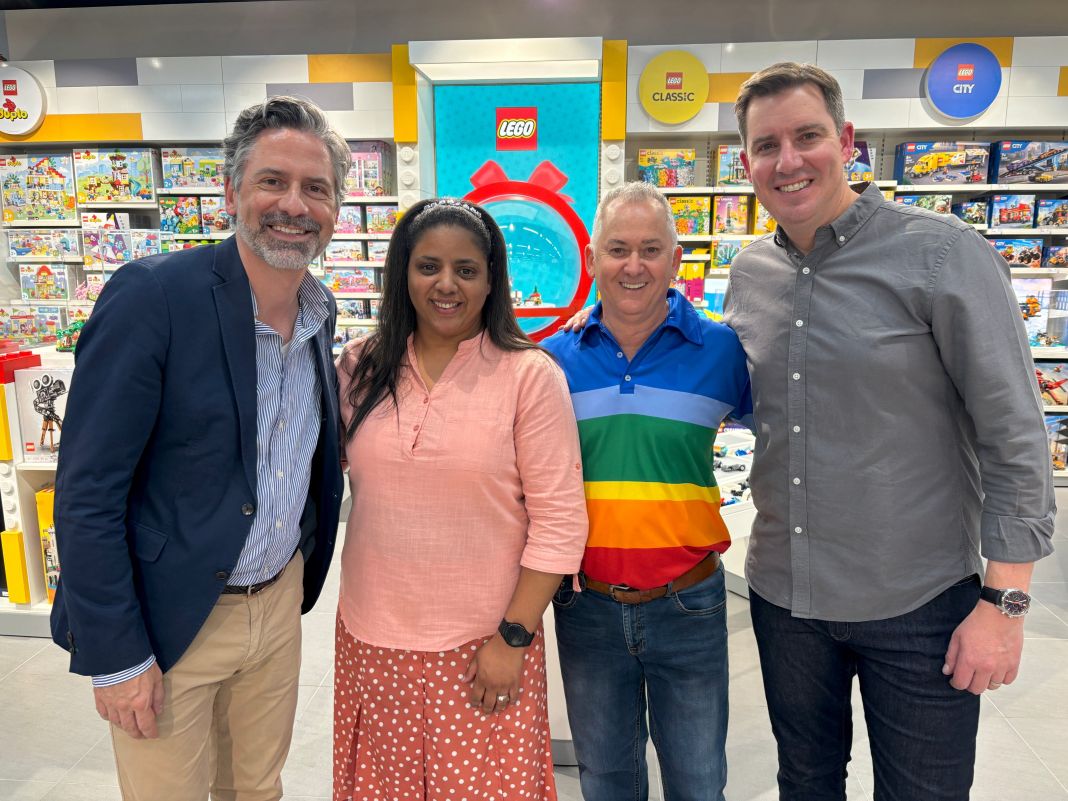
Imhof worked in South Africa from 2017 to 2021, with responsibility for Sub-Saharan Africa. For a long time LEGO sets were available through general toy shops in South Africa, the trademark having been registered as early as 1976. “Our LEGO shops began in 2018,” remembers Imhof, “and we opened six in six years.” A first Cape Town store opened in 2019 in Canal Walk.
LEGO play encourages creativity and problem-solving in children, empowering them to explore, learn and unleash their imagination through simple yet impactful play.
Of the Waterfront store, Imhof says, “We always wanted to be here but it is super-hard to find a space. It is one of the most reputable malls, and the numbers are very good.” Opening new stores depends on finding the right location, something that the toy manufacturer’s South African partner, Great Yellow Brick Company, is constantly on the lookout for. Great Yellow Brick Company owns all six of the South African stores and it runs an online store.
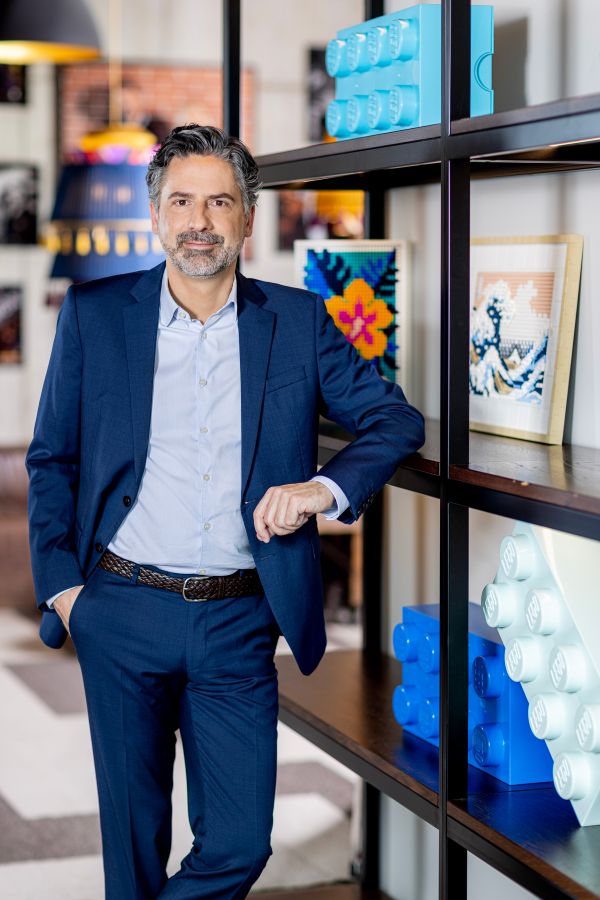
Imhof reports that the group does own some stores in the USA, Germany, the UK and the Nordic countries but the licence model is followed in most of the world. In other African locations such as Kenya and Nigeria, partnerships are mainly with distributors, rather than stores.
The LEGO Group currently has no plans to build a LEGO Land in Africa, but something within a shopping centre like a LEGO Discovery Centre might well be on the cards. Imhof refers in this context to a “smaller, structured play” environment.
New products are doing well, according to Imhof, including among adults. “We have quite a success among LEGO User Groups (LUGs),” he says. “They make their own concepts and designs and display them at events.”
Flowers and super-heroes are popular but among South Africans, cars are especially popular, Imhof reports: “South Africans love cars, everything related to them is popular!”
Sustainability
Sustainability is a word that every company has to think about today. Imhof says that the concept is being carefully considered: “We want to make a brick that moves away from the old days.”
Workstreams within the company are tackling issues such as packaging, the composition of the bricks themselves and the circular economy more generally. Regarding packaging, Imhof says that the plastic bags which have numbers on them will be replaced by paper bags.
On the bricks: “We are working on recyclable plastic; we want to find sustainable plastic.” Various options are being tested, including using sugarcane as a material.
On the circular economy, Imhof asks, “What happens to bricks that are not being used any more. Couldn’t we take them back into the cycle? Gift them perhaps to people who can’t afford new ones.”
An obstacle to a scheme like that is that so many people treasure their LEGO sets. “True,” responds Imhof, “but there are other owners where it probably just sits somewhere.” There is a scheme in the UK where the company offers to take Lego bricks from people who are no longer using them. They are then recycled and put back into use.
“The logic of that,” says Imhof, “is that more and more as a company, we are asking how we can take care of all the physical and material things.” In building a circular economy, brick by brick.
We are working on recyclable plastic; we want to find sustainable plastic. Various options are being tested, including using sugarcane as a material.
About the LEGO Group
The LEGO Group’s mission is to inspire and develop the builders of tomorrow through the power of play. The LEGO System in Play, with its foundation in LEGO bricks, allows children and fans to build and rebuild anything they can imagine.
The LEGO Group was founded in Billund, Denmark, in 1932 by Ole Kirk Kristiansen, its name derived from the two Danish words LEg GOdt, which mean “Play Well”. Today, the LEGO Group remains a family-owned company headquartered in Billund. However, its products are now sold in more than 120 countries worldwide.



